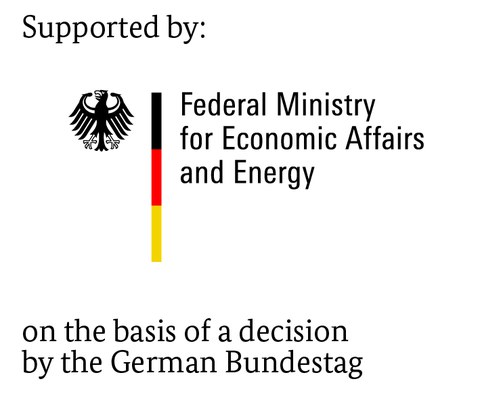Air dissolution and air release in liqiuds
Research Task/Objectives
Liquids are able to dissolve gases or gas mixtures without a significant change of their properties. For a saturated liquid, even the smallest pressure drops can lead to the release of air. Despite the subsequent pressure increase, the released air bubbles will not instantly dissolve back into the liquid. The resulting multiphase flow can significantly influence the behavior of hydraulic components.

Air bubbles inside the displacement chamber of a sin-gle piston pump influence the volumetric efficiency
The objective of the research project is the analysis of the dynamic process of air release. The results are being used to derive suitable cavitation models for computational fluid dynamics, and to be able to predict cavitation in hydraulic components.
Approach/Results

Apparatus for investigation of air volume fraction and dynamic air release of liquids
Using a specially developed apparatus following the displacement principle, the highest possible and actual fraction of dissolved air can be assessed for various liquids.
Furthermore, the influence of various volume expansions on the release of air is investigated. The sample volume can be expanded or compressed, using several motion profiles. The synchronic measurement of piston position, fluid temperature and pressure allows the time- dependent assessment of air release.
The presented research activities are part of the project "Modeling an axial piston pump's suction line under consideration of fluid structure interaction" (Ref. No. 702690), which was funded by the German Federal Ministry for Economic Affairs and Energy within the ZIM programme.

